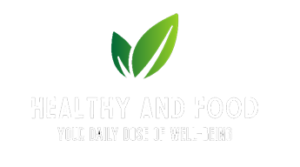You don’t need a sophisticated survey to establish that most Americans are overfed – a casual look around will suffice. What may not meet the eye is that while most of us are getting more than we need in terms of calories, refined carbohydrates, saturated fat and sodium, we’re significantly malnourished when it comes to key nutrients.
The five most glaring deficiencies are:
* potassium;
* vitamin E;
* magnesium;
* vitamin A;
* fiber.
For example, 99 percent of women and 90 percent of men fail to get adequate potassium, a shortfall that may contribute to alarming rates of high blood pressure. Half of Americans fall short on fiber – a key macronutrient that helps control cholesterol.
The accompanying chart shows where we fall short, why we need these nutrients and where to get them. Other neglected nutrients include:
* Vitamin C: 40 percent of men and 38 percent of women 19 or older don’t get enough. The good news is that it’s easy to increase your intake with top sources like red/yellow bell peppers, kiwi, oranges and broccoli.
* Calcium: Half of women and 40 percent of men are deficient. Top plant sources of calcium include soybeans, kale and arugula.
* Zinc: One-third of people over 70 years old do not get enough zinc. Sources include oysters, beans, oats and green peas.
* Vitamin B-6: Almost one-third of adult women do not get enough. Good sources include potatoes, bananas, red bell peppers and broccoli.
* Phosphorus: Forty percent of young women (ages 9 to 18) do not get adequate phosphorus. Top sources include lentils, sardines, salmon and portobello mushrooms.
Jennifer Grossman is the director of the Dole Nutrition Institute. – NU























